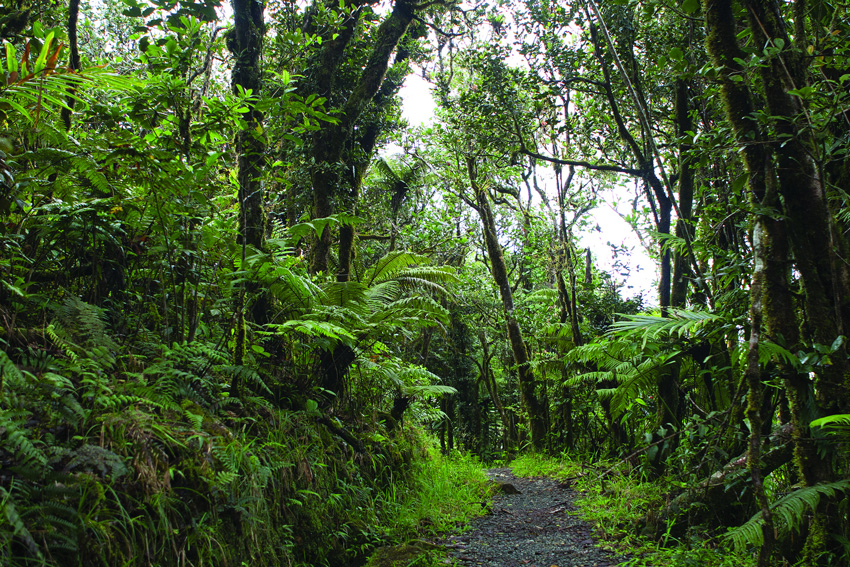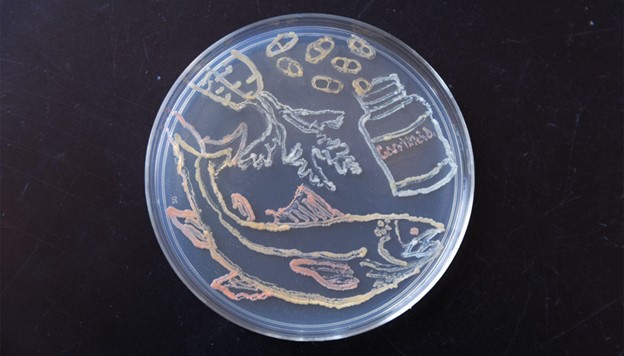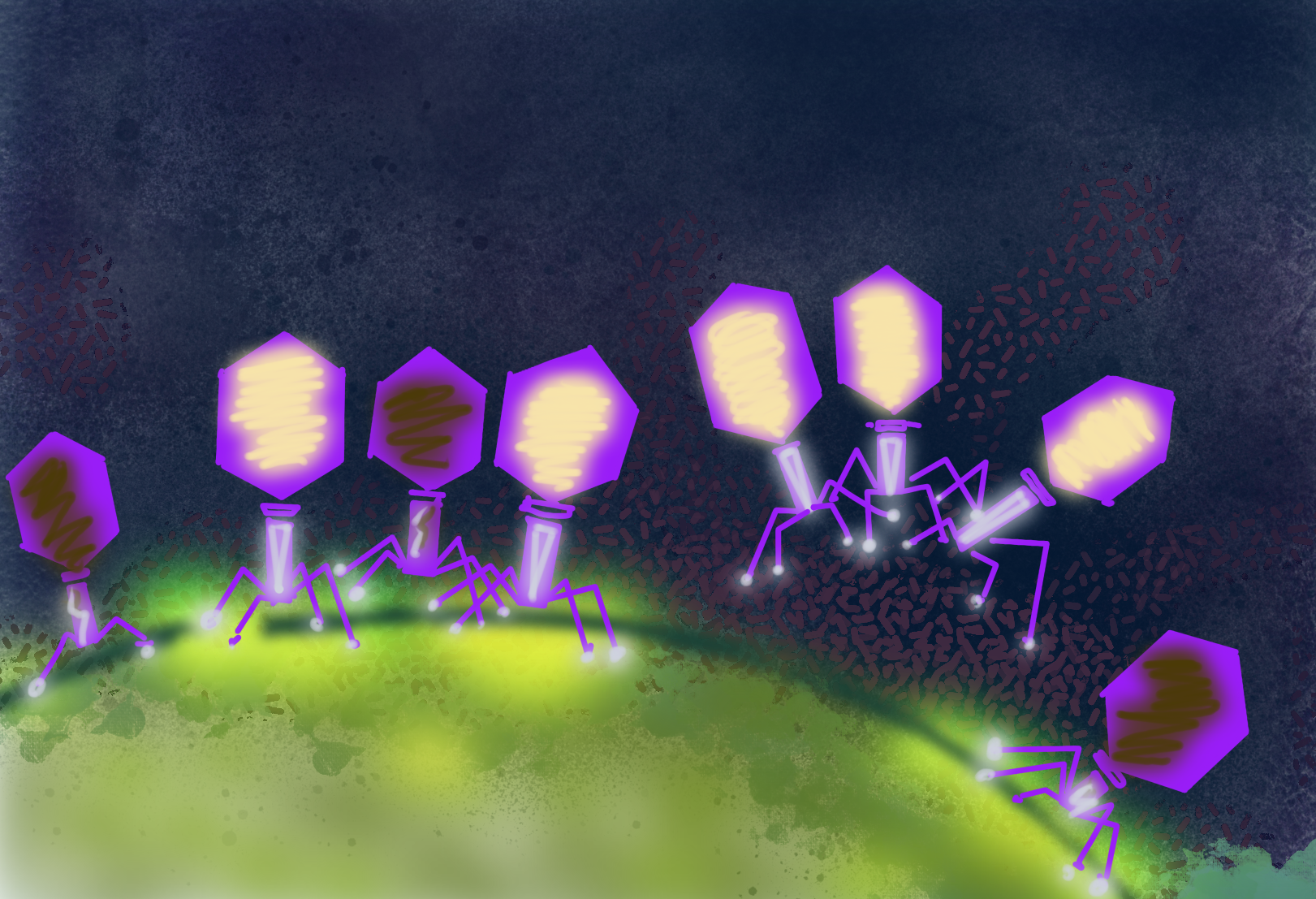Tropical Soil Bacterium Frees Plant Sugars for Biofuels
Microbe found to use two biochemical pathways for degrading lignin.

The Science
Plant lignocellulosic biomass is a renewable, abundant, and nonfood energy source that could be used to make sustainable and economically feasible biofuels. However, it is difficult to break down and transform into fuels because of a structural component called lignin that gives plants their required rigidity and acts as a protective barrier to energy-rich sugars in the cell wall. To better understand and, ultimately, leverage microbial mechanisms for degrading lignin, researchers used a multifaceted genomics-based approach to study how a tropical soil bacterium called Enterobacter lignolyticus SCF1 rapidly decomposes leaf litter.
The Impact
This research helps characterize the enzymes and pathways involved in anaerobic lignin degradation, revealing insights that could be used to incorporate these enzymes into biofuel- and biodiesel-producing bacteria.
Summary
The research team—including scientists from the University of Massachusetts–Amherst, the U.S. Department of Energy (DOE) Joint BioEnergy Institute, and the DOE Environmental Molecular Sciences Laboratory (EMSL)—used proteomic, transcriptomic, and metabolomic approaches at EMSL to examine the ability of E. lignolyticus SCF1 to degrade lignocellulose. Their study reveals that this bacterium can break down the lignin portion of cellulosic biomass by both an assimilatory pathway for use as food and a dissimilatory pathway for respiration. This is the first demonstration of an anaerobic soil bacterium using both pathways to reduce lignocellulose. By breaking down lignin, SCF1 is able to free the cellulosic sugars found in plant cells, thereby making those sugars available for use in biofuels. The study also demonstrates the importance of using a holistic, multi-“omics” approach to examine biochemical processes in microbes.
Contact
Kristen DeAngelis
University of Massachusetts, Amherst
deangelis@microbio.umass.edu
Funding
Support was provided by the University of Massachusetts–Amherst, along with the Office of Biological and Environmental Research within the U.S. Department of Energy’s (DOE) Office of Science for research conducted by the DOE Joint BioEnergy Institute and for use of proteomics, transcriptomics, and nuclear magnetic resonance capabilities at the DOE Environmental Molecular Sciences Laboratory user facility.
Publications
DeAngelis, K. M., et al. “Evidence supporting dissimilatory and assimilatory lignin degradation in Enterobacter lignolyticus SCF1,” Front. Microbiol. (2013). [DOI:10.3389/fmicb.2013.00280].
Related Links
Highlight Categories
Program: BER , BRCs , BSSD , CESD
Performer: University , DOE Laboratory , SC User Facilities , BER User Facilities , EMSL



